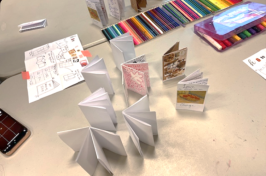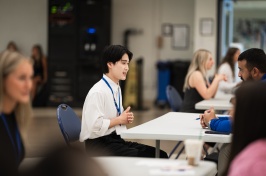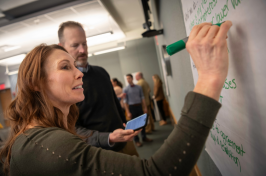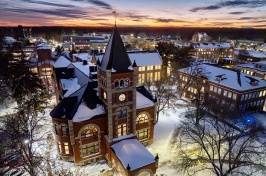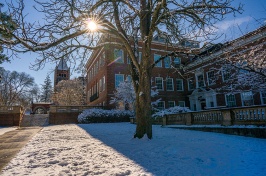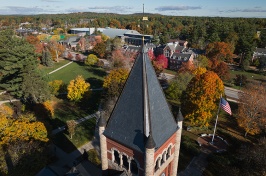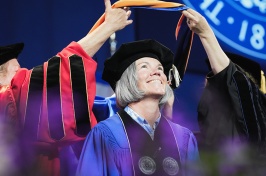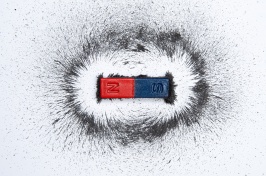Media Availability: Expert Comments on Structural Collapse of Baltimore Bridge

DURHAM, N.H.—In the aftermath of the collapse of Baltimore’s Francis Scott Key Bridge, authorities are trying to figure out what went wrong and how the collision of the heavily traveled structure with a container cargo ship brought it crumbling down into the Patapsco River. Video shows the massive bridge buckling and tumbling into the water in a matter of seconds. Erin Bell, chair and professor of civil and environmental engineering at the University of New Hampshire, is an expert on bridge construction and points to the structure of the bridge as a possible weakness. She can provide insight into how such a large span could come down so easily—sharing details on how bridges are made, what needs to happen to cause such a devastating collapse and if this could happen with other major bridges.
“Bridge collapses of this level are rare, especially with a major bridge like the Francis Scott Key Bridge that services one of the largest ports in the country,” said Bell. “Reminiscent of the collapse of Tampa Bay’s Sunshine Skyway Bridge in 1980, this is a substantial bridge with four lanes of traffic stretching over a mile and a half long. Built in 1977, Baltimore's Key Bridge has a continuous through truss construction—which means the truss, a structure or beam of connected elements, spans over multiple supports—and often requires less materials that work together in an integral fashion to resist load. This interdependent structural form could have been a contributor to the collapse.”
Bell can be reached at Erin.Bell@unh.edu or (603) 862-3850.
Bell notes that vessel collision procedures were improved after the Sunshine Skyway incident but questions if a retrofit was done on the Baltimore bridge, which was built before the Sunshine Skyway Bridge accident. The Sunshine Skyway Bridge was hit by a 20-ton freighter that had trouble navigating in rain, fog and hurricane-force winds. A 1,200-foot section of the bridge crumbled into Tampa Bay, sending several cars and a Greyhound bus into the water.
Bell is the principal investigator of UNH’s Living Bridge Project, a unique living laboratory on a heavily traveled iconic bridge between New Hampshire and Maine. Outfitted with data sensors, the bridge has been transformed into a self-reporting “smart” bridge that captures a range of information from the health of the span to the environment around it— including such things as structural performance, wind patterns, tidal current, water turbidity and fish migration patterns.
Latest News
-
December 4, 2025
-
November 26, 2025
-
November 6, 2025
-
November 5, 2025
-
October 24, 2025

